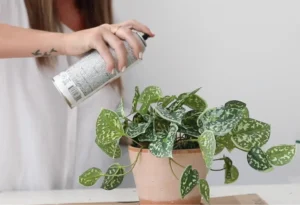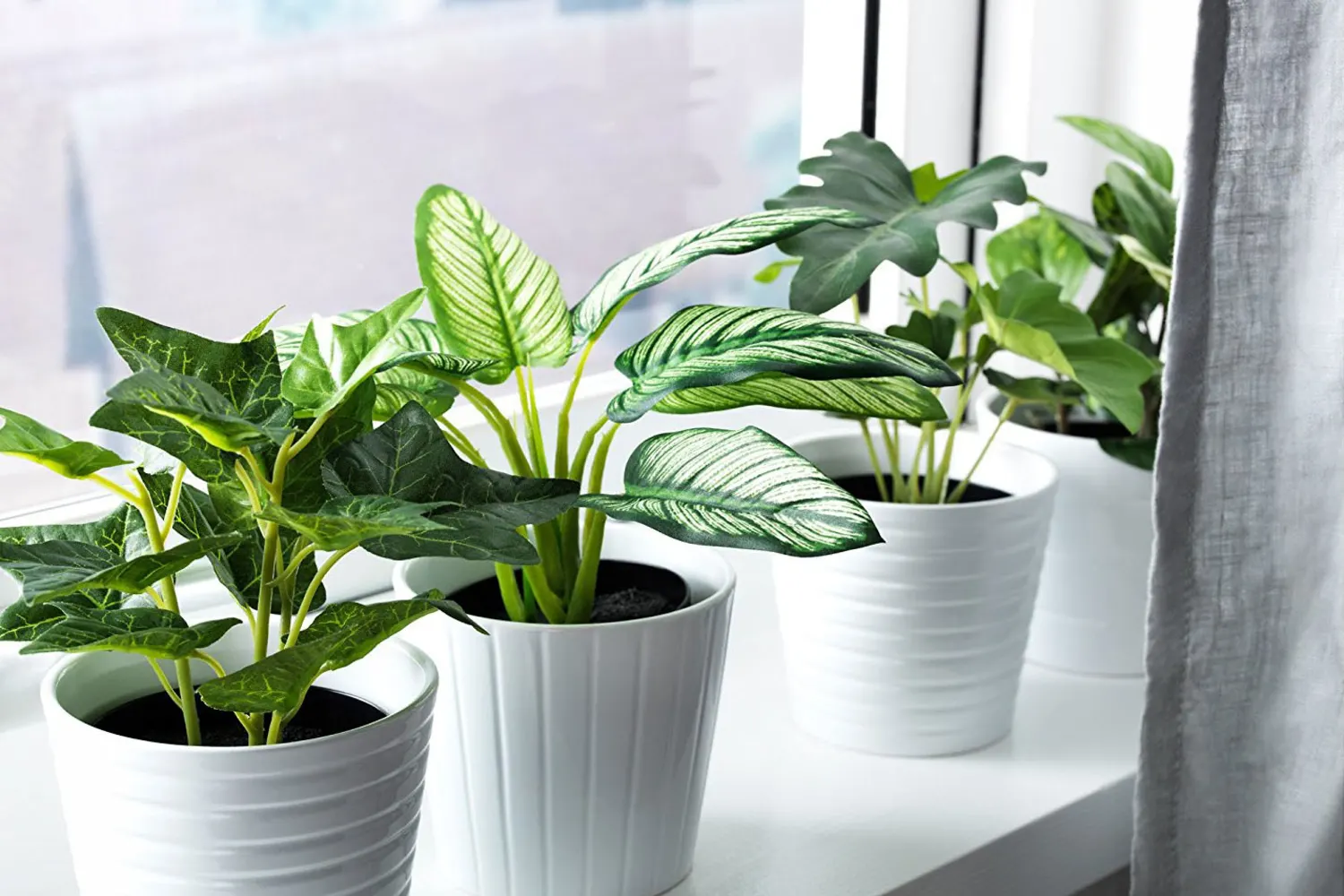Fake Plants That Look Real: Enhancing Your Space with Lifelike Greens
Understanding Fake Plants: A New Era of Home Decor
fake plants that look real The evolution of fake plants has significantly shifted the landscape of home decor, moving from simple, synthetic representations to intricately designed pieces that resemble their natural counterparts more than ever before. In the past, artificial greenery often appeared unrealistic, with glaringly obvious plastic leaves and unnatural colors that detracted from their intended purpose. However, advancements in materials and manufacturing processes have enabled the creation of fake plants that look real, appealing to a broader audience and integrating seamlessly into various decor styles.
Modern fake plants are typically crafted from high-quality plastics and silk, which contribute to their lifelike appearance. These materials allow for the intricate detailing of leaves, flowers, and stems, emulating the textures and colors found in genuine flora. Additionally, advanced manufacturing techniques, such as innovative molding and dyeing processes, have improved the realism of these products. As a result, homeowners can find a wide array of options that enhance their living spaces while maintaining an authentic look.
The growing popularity of fake plants in interior design can largely be attributed to their low maintenance and versatility. Unlike live plants, which require regular watering, pruning, and specific light conditions, artificial plants offer a hassle-free alternative. This quality makes them particularly appealing to individuals who lead busy lives or those without a natural green thumb. Moreover, fake plants can be placed in virtually any environment, from professional office spaces to cozy home settings, allowing for practical decor solutions that deliver both beauty and function.
Ultimately, the rise of fake plants that look real reflects a broader trend towards convenience and aesthetic satisfaction in home decor, catering to the needs and preferences of diverse lifestyles. Through realistic designs and functional benefits, these innovative decor elements are undoubtedly redefining the way we approach indoor gardening.
Choosing the Right Fake Plants for Your Space
When selecting fake plants that look real for your home or office, several factors play a crucial role in ensuring they enhance your space effectively. One of the primary considerations is scale and proportion. It is important to evaluate the size of the fake plant in relation to the dimensions of the room and the furniture within it. A large, dramatic piece may overwhelm a cozy nook, while smaller plants can get lost in open spaces. A well-sized fake plant can act as a focal point or complement existing décor without disrupting the visual harmony.
Color accuracy is another key factor. Fake plants come in a variety of colors, from vibrant greens to more muted tones. Choosing hues that complement your color scheme can create a cohesive look. Consider the lighting in your space; for instance, rooms painted in cooler colors may benefit from plants with warmer green shades to add warmth. Conversely, if the environment is bright and sunny, richer, darker green plants can provide a striking contrast.
Different varieties of fake plants serve various environments. For indoor settings, consider using plants suited for the space’s light conditions. For instance, ferns and snake plants work well in low-light areas, while palms thrive in brighter spaces. In addition to traditional potted plants, hanging arrangements provide versatility and can be a great option for saving floor space, making them perfect for small apartments.
Finally, think about mixing fake plants with real ones. This strategy often delivers a fresher, more organic feel. By placing real plants alongside well-placed fake plants that look real, you can create a diverse and intriguing display. Just be sure to select varieties that share similar care requirements and visual characteristics for a seamlessly integrated look.

Styling Ideas: Incorporating Fake Plants into Your Interior Design
Integrating fake plants that look real into your interior design can transform your living space, adding vibrancy and a touch of nature without the maintenance challenges of live plants. One effective strategy is to use faux greens as focal points in a room. For instance, a large fake tree can be positioned in a corner of the living room, instantly elevating the space and drawing attention to its lush appearance. Choose plants that are proportionate to the room size to ensure a balanced look.
Layering is another excellent technique to maximize the impact of faux plants. Consider creating a layered display on a bookshelf or console table by incorporating plants of varying heights and textures. For example, you could pair shorter fake succulents with taller faux ferns or trailing vines, which not only enhances visual interest but also mimics the natural diversity found in live plant arrangements.
Moreover, integrating fake plants into shelving units, mantles, or tabletops allows for easy customization and repositioning. You might mix edibles like fake herbs with decorative pieces to craft a cohesive theme, while the realistic appearance of the plants can seamlessly blend with surrounding decor. In larger spaces, such as offices or lobbies, consider strategically placing larger faux plants to create inviting, lush environments that foster a sense of comfort and well-being.
To amplify the realism of your artificial greens, pairing them with complementary decor is essential. Consider adding decorative pots, textured vases, or natural materials that echo the organic feel of the plants. Experimenting with arrangements and varying combinations can help you discover a layout that satisfies your unique aesthetic, ultimately allowing you to enjoy the beauty of plants without the associated upkeep.
Caring for Your Fake Plants: Maintenance Tips for Longevity
Maintaining the aesthetic appeal of fake plants that look real requires some dedicated care, but the results are worth the effort. Indoor and outdoor artificial plants can easily accumulate dust and dirt, which may diminish their lifelike appearance. To keep them looking vibrant, it is advisable to dust your fake plants regularly. Using a soft, dry cloth or a feather duster can effectively remove surface dust without scratching the material. For more stubborn dirt, a damp cloth with mild soap can be utilized; however, ensure that the cleaning agents used do not contain harsh chemicals that could cause wear or discoloration.
fake plants that look real Storage plays a significant role in prolonging the life of your decorative greens. When not in use, especially for seasonal displays, store your faux plants in a cool, dry place away from direct sunlight. This will help prevent fading and maintain their original colors. If you live in an area with high humidity, it could be beneficial to place silica gel packets in the storage container to absorb moisture and deter any potential mold growth.
Moreover, to maintain the lifelike quality of your faux plants, consider their positioning in your home. Avoid placing them in direct sunlight for prolonged periods, as this could lead to discoloration over time. To refresh your decor, don’t hesitate to rearrange or swap out your fake plants that look real periodically. This not only introduces a dynamic element to your space but also allows you to enjoy different designs and aesthetics in your environment. By following these maintenance tips, you can ensure your artificial greens remain stunning and enhance your living space for years to come.

Post Comment